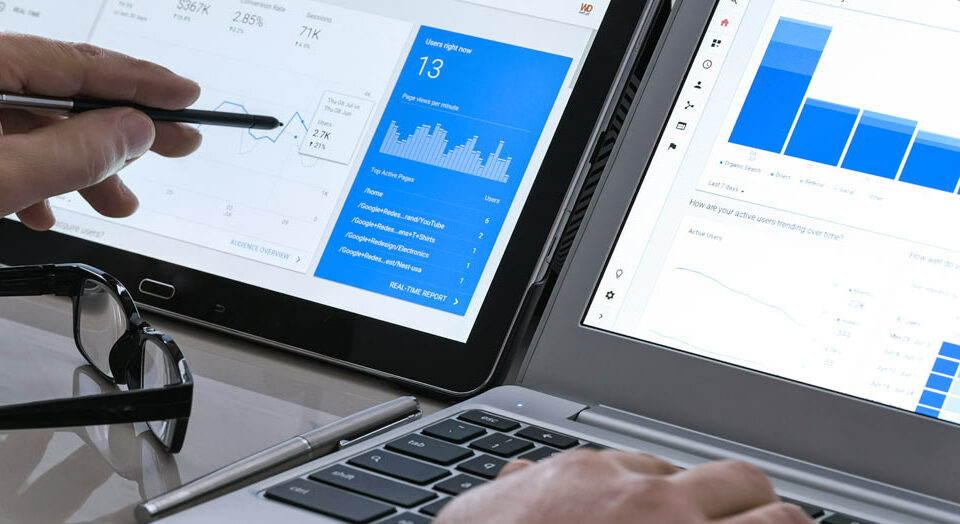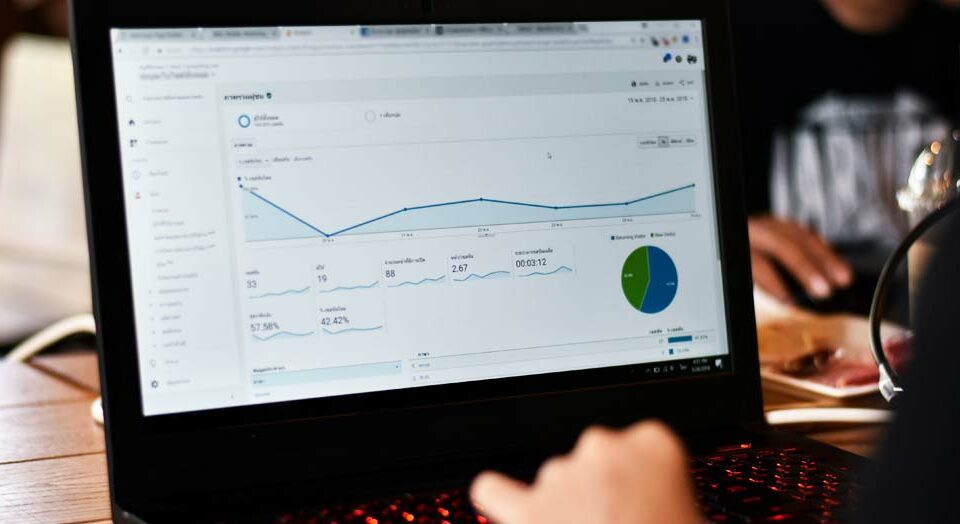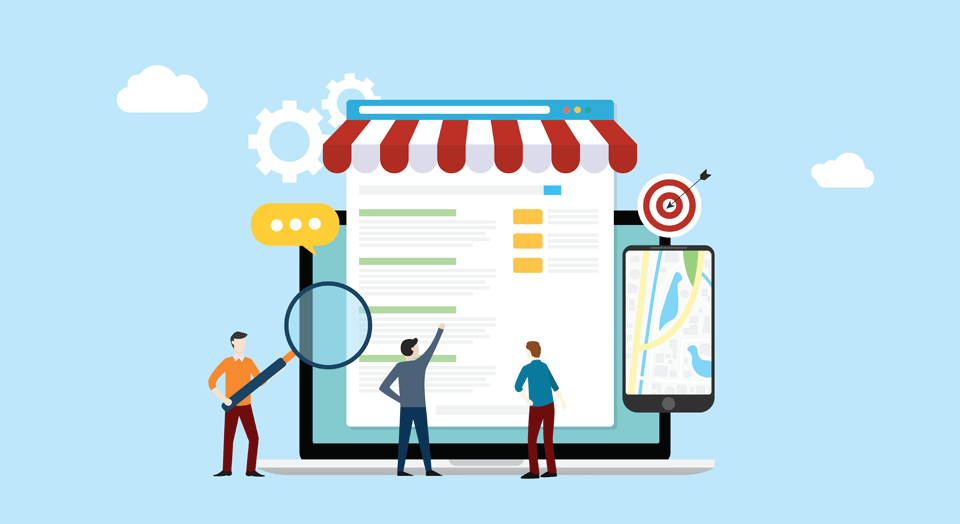
Effective Website Strategies For Nonprofit Organizations
June 25, 2019
Learn How To Design The Ultimate Landing Pages To Gain The Conversions You Need
July 16, 20195 Tips To Get The Most Out Of Google Analytics

Most business owners have set up Google Analytics and understand the basics of using it to improve their online strategies. Unfortunately, the vast majority see very limited results because they haven’t unlocked its full potential. Learning to get the most out of the Google Analytics service can completely transform your approach to running a website. Incorporate the following tricks, and you will see stunning results.
1. Set Out Your Goals
While seeing an increase in website traffic makes you feel good, it may mean very little if it doesn’t translate to increased success for the business. Knowing what you want your website to achieve creates the strongest possible platform and will provide the guidance needed to tailor your venture accordingly.
Google Analytics is an extremely powerful platform that measures far more than traffic. Using Key Performance Indicators (KPIs) to measure the most crucial factors will yield far greater insight. The best KPIs include:
- Sales conversion rates (Google Analytics goal rates),
- Average order amounts (Google Analytics eCommerce average order amount),
- Sales closing rate (Google Analytics leads to closing ratio),
- Time to complete task (Google Analytics time spent evens),
- Number of purchases (Google Analytics completed goals).
There are plenty of additional KPIs to consider, which is why setting out the goals of your site is so vital. Whether it’s boosting the awareness, increasing the audience size, or maximizing the Customer Lifetime Values of each customer, you shouldn’t ignore this foundation.
2. Use Demographic Segregation
Whether you sell a niche product or have a fairly widespread appeal, understanding how members of different demographics respond to your content is vital. Google Analytics allows you to section your audience by various metrics, such as age, gender, and location. In truth, you can take this even further by using their interests.
From the Audience Reporting tab you can navigate to Audience → Interests → Overview to gain insight on three key metrics:
- Affinity Categories
- In-Market Segments
- Other Categories
Painting a clearer image of who your customers are will impact your approach to marketing, customer care, and various other interactions.
3. Customize The Appearance
Due to the array of functions that it offers, Google Analytics is a very versatile platform. Customizing the dashboard allows you, or your team, to track and analyze data with far greater ease and efficiency. Given that time is money, mastering this aspect should be top of everyone’s agenda.
It is possible to create up to 20 dashboards — although it’s advised to stick with one for each of the 5-10 KPIs you’re focusing on. It’s also possible to download templates from the Solutions Gallery that have been submitted by other users to find one that suits your requirements.
The program also enables you to create customized reports, which can provide stunning insights while enabling you to use Analytics with greater ease.
4. Start Examining Conversion Paths
The harsh reality of modern digital marketing is that very few people complete their transaction in one session. In fact, most will interact with the website and its social media channels across several devices and sessions before committing to the purchase. As such, monitoring user behaviors by following their conversion paths.
Navigating to Conversions → Multi-Channel Funnels → Top Conversion Paths enables you to identify the most effective paths. This will tell you whether organic searches or redirections from your content are the most successful paths in terms of converting sales. With the former, you can even see the specific keywords.
When you know which content and SEO funnels are bringing the best results, adapting your strategy to ensure that your time and budget is focused on the right ideas will become far simpler.
5. Start Comparing Historical Data
One mistake that a lot of business owners make relates to the way they analyze data. Whether it’s the traffic figures or the conversions, checking the progress from one week or month to the next might not suffice. After all, there are several key times in the year where sales figures and general awareness may enjoy a temporary spike or reduction, including holidays, summer vacation or spring break.
If the business is a sustained operation, using Analytics to compare last year’s results against this year’s performance is equally important. By combining the reason data with the historical data, the chances of gaining accurate data and making calculated decisions off the back of this data are drastically improved. And this will allow you to get more out of the platform.






